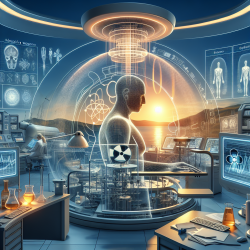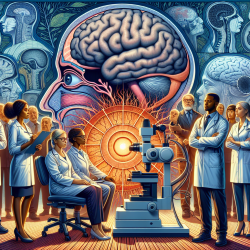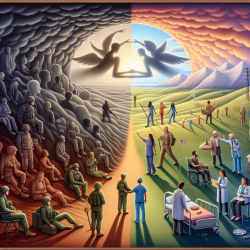The world of radiation science is on the cusp of a transformative shift. For decades, the linear no-threshold (LNT) hypothesis has dominated the field, positing that all ionizing radiation is harmful, regardless of dose. However, recent research challenges this view, suggesting that low doses of radiation may stimulate biological responses that protect against damage—a phenomenon known as hormesis.
The LNT Hypothesis: A Historical Overview
The LNT hypothesis has long been the cornerstone of radiation protection policies worldwide. It assumes a direct correlation between dose and risk, extrapolating from high-dose data to predict effects at lower doses. This model has informed regulatory frameworks and influenced public perception, often leading to radiophobia—an irrational fear of radiation.
Challenging Conventional Wisdom: The Case for Hormesis
Recent studies suggest that low-dose radiation exposure may activate adaptive responses that enhance cellular repair mechanisms. These responses include increased antioxidant production, apoptosis (programmed cell death), and enhanced immune surveillance. Such mechanisms can mitigate damage from both endogenous sources (like metabolic processes) and exogenous agents (such as environmental toxins).
The concept of hormesis proposes that low levels of stressors, including radiation, can have beneficial effects by stimulating protective responses. This challenges the LNT model's assumption that any amount of radiation is detrimental.
The Role of Biological Defense Mechanisms
The human body is equipped with sophisticated defense systems evolved over millennia to cope with environmental challenges. These include DNA repair enzymes and immune responses that work together to maintain genomic stability and prevent cancer development.
- DNA Repair: Low-dose radiation can enhance DNA repair processes, correcting mutations before they lead to malignancy.
- Antioxidant Production: Radiation-induced oxidative stress triggers the production of antioxidants that neutralize harmful free radicals.
- Bystander Effects: Cells communicate with their neighbors to coordinate responses to damage, promoting apoptosis in affected cells.
Navigating the Paradigm Shift: Implications for Practitioners
This paradigm shift has profound implications for practitioners in fields like radiology and oncology. By embracing the potential benefits of low-dose radiation exposure, healthcare professionals can refine therapeutic strategies and improve patient outcomes.










